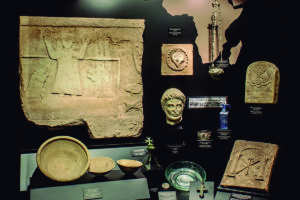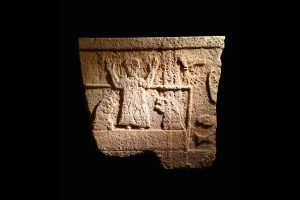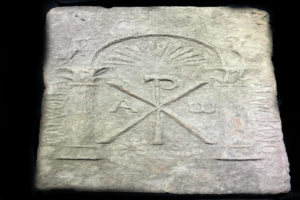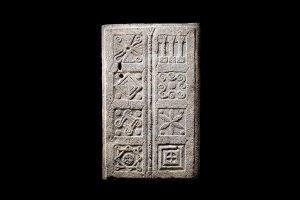
Byzantium
The Eastern Roman Empire, after the division of Rome in 395 a. D., inherited the Roman culture. It was officially declared a Christian state and survived the Western Roman Empire during 1,000 years.
The Byzantium Empire was a key aspect for the spread of Christianism and was the greatest power of that historical period. The Silk Road started in its capital city of Constantinople.
Its official language was Greek and the Cyrillic alphabet was created later on, which is still used in numerous countries of Eastern Europe.
Constantinople fell under the Muslim power of the Ottoman Turkish Empire in 1453, year which marks the end of the Middle Ages.





